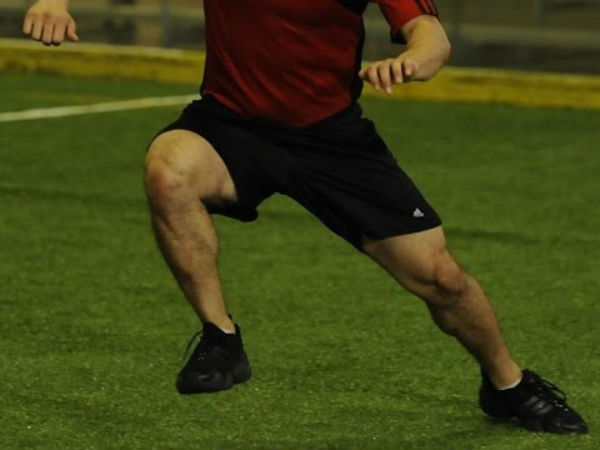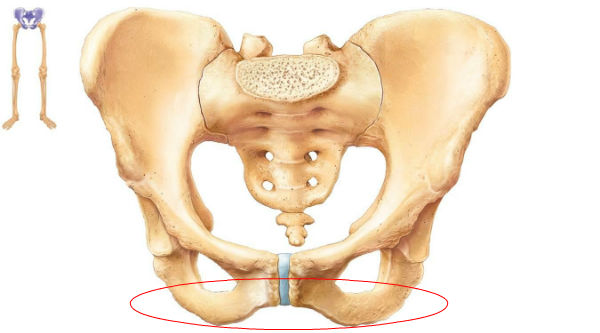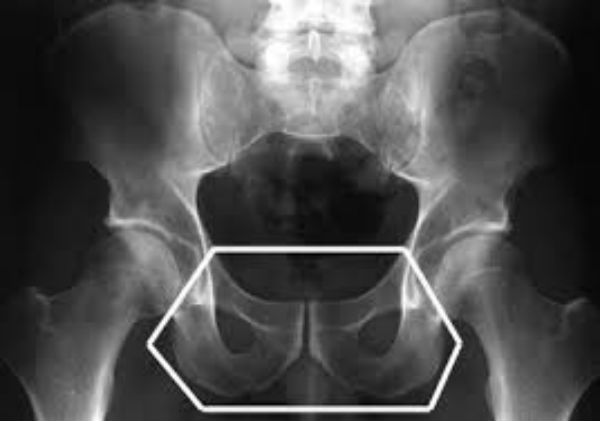
Pain in the upper thigh and groin area can cause extreme discomfort and is often bad enough to be activity-ending.
While there are countless types of injuries out there, one of the best ways to narrow down on your actual issue is to take a look at the symptoms.
You likely have one of the two problems:
- A less serious groin strain
- A sports hernia which is much worse
In both cases, pain is felt towards the top of the quad and also inside of the leg near the pubic area. It can lead to sharp, dull, or aching pain in the groin.
But since the list of groin pain symptoms is so similar to the list of sports hernia symptoms, how can you be sure of a diagnosis?
Simple: take the pubic probe test.
Pain in the Upper Thigh and Groin: Diagnose Yourself
This method is designed to successfully diagnose an “indirect hernia” (NOT the same thing as a traditional inguinal hernia which creates a visible bulge).
Our extensive 50-page guide on diagnosing, treating, and rehabilitating a sports hernia injury goes super in-depth on countless factors so we will keep this one brief and focus specifically on the test.
How do you perform the self-exam?
It couldn’t be more simple: take your index finger and apply pressure around the “crown” of your pubic bone (the scientific term for this is the Pubic Ramus). If you feel a sharp pain when you apply pressure with your finger, there is a strong chance you may have a sports hernia.
If you do not feel a very sharp pain in that area, it is likely that you have only a strain that is fully treatable with a 10-week rehab program built around restoring strength, flexibility, and mobility to your core.

The Pubic Ramus is located at the “crown” of your pubic bone and hip region.

MRI photograph that shows the location of the Pubic Ramus.
Once you complete the self-test, it is also recommended that you find a specialist who is trained in performing an ultrasound diagnosis—these two tests combined are your best chance at getting a confirmed diagnosis.
The Serious Cause of Pain in the Upper Thigh and Groin: Sports Hernia
If you find that you do in fact have Athletic Pubalgia (the fancy science term for the injury), it is absolutely critical that you begin the 10-week rehabilitation program outlined in our ultimate guide.
Using the methods explained in the guide, upon reaching week 6 you will be able to determine if you can successfully heal without surgery or going under the knife.
If you are forced to seek surgery for the injury, all is not lost—not even close. As long as you pick a qualified surgeon (picking one who specializes in mesh for this injury is a terrible idea as we have touched on in the past) who can perform the minimal suture approach, your chances of a full recovery following the rehab process are almost 100%.
